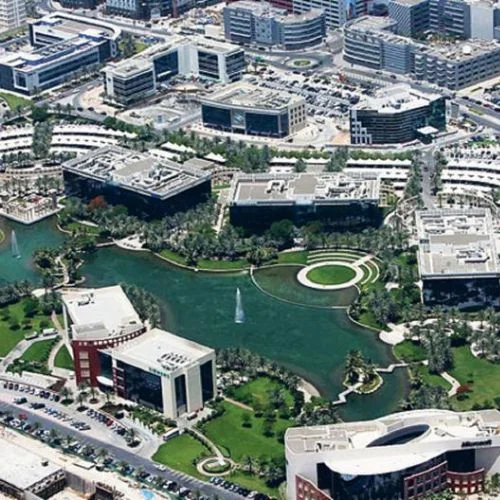The first Indian observatory to study the Sun in orbit, Aditya-L1, is set to launch from Sriharikota on September 2, 2023, at 11:50 IST, according to ISRO.
The first space-based Indian mission to study the Sun will be called Aditya L1. The spacecraft will be positioned in a halo orbit around the Sun-Earth system’s Lagrange point 1, or L1, which is located around 1.5 million km from Earth. The main benefit of having a satellite in the halo orbit around the L1 point is being able to continually see the Sun without any occultation or eclipses.
This will provide us a better opportunity to watch the solar activity and how it affects the space weather in real-time. The spacecraft is equipped with seven payloads that use electromagnetic, particle, and magnetic field detectors to study the photosphere, chromosphere, and the Sun’s outermost layers (the corona).
Four payloads use the unique vantage point L1 to observe the Sun directly, while the remaining three payloads conduct in-situ particle and field investigations at the Lagrange point L1. This allows for significant scientific research on the propagation of solar dynamics in the interplanetary medium.
In order to comprehend the issue of coronal heating, coronal mass ejection, pre-flare and flare activities, and their features, dynamics of space weather, propagation of particles and fields, etc., the Aditya L1 payloads are expected to offer the most important information.
The major science objectives of Aditya-L1’s mission are:
- Study of the dynamics of the solar upper atmosphere (chromosphere and corona).
- Study of flares, coronal mass ejections, partial ionization of the plasma, and chromospheric and solar heating
- Watch the in-situ particle and plasma environment that the Sun provides, since this information will be used to investigate particle dynamics.
- The heating process of the solar corona and its physics.
- Temperature, velocity, and density measurements of the coronal and coronal loop plasma.
- CME evolution, dynamics, and genesis.
- Determine the series of events that take place at various levels (chromosphere, base, and extended corona) and ultimately result in solar eruptive events.
- Magnetic field measurements and field topologies in the solar corona.
- Drivers of space weather (solar wind dynamics, composition, and origin).















